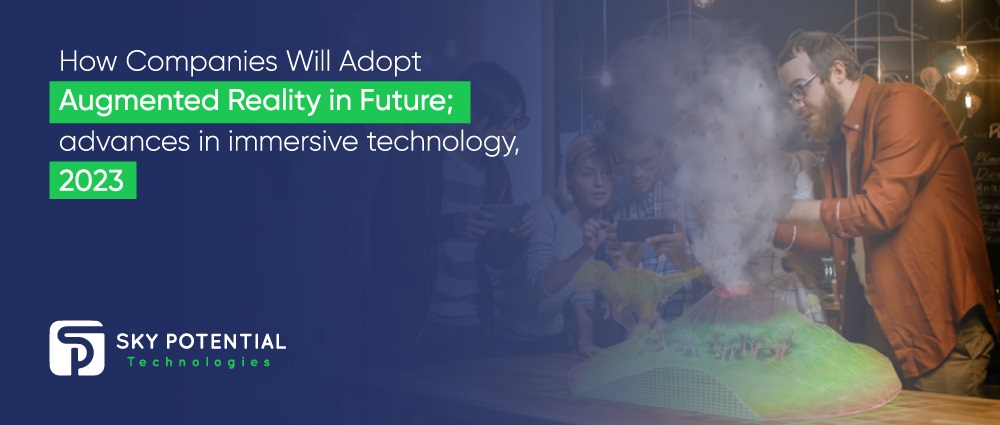- AI

Artificial Intelligence

Smart Products & Services
We follow Smart Products & Services

Intelligent Business Functions & Processes
We follow Intelligent Business Functions & Processes

Robotic Process Automation
We follow Robotic Process Automation

Personalized
healthcareWe follow Personalized healthcare

Identifying at-risk patients
We follow Identifying at-risk patients

Optimized routing and scheduling
We follow Optimized routing and scheduling
- ML

Machine Learning

Predictive
AnalyticsWe follow Predictive Analytics

Service Personalization
We follow Service Personalization

NLP
We follow NLP (Natural Language Processing)

Stock Market Forecasting
We follow Stock Market Forecasting

Fraud Prevention
We follow Fraud Prevention

Recommender engines
We follow Recommender engines
- blockchain

Blockchain

Public Blockchain
We follow Public Blockchain

Private Blockchain
We follow Private Blockchain

DEFI
We follow DEFI Blockchain

Initial stake pool offering development
We follow initial stake pool offering development
- IOT

Internet of Things
- AR
- Business Solutions

Business Solution

Business Performance Management
We follow Business Performance Management

Decision Making & Big Data Analytics
We follow Decision Making & Big Data Analytics

Enterprise Data Management
We follow Enterprise Data Management
- Apps

Apps

Native Apps
We follow Native Apps

Cross Platform Apps
We follow Cross Platform Apps

Web Apps
We follow Web Apps

Hybrid Apps
We follow Hybrid Apps

Cloud Native Apps
We follow Cloud Native Apps
- Lab

How Companies Will Adopt Augmented Reality in Future: Advances in Immersive Technology 2023
One such cutting-edge technology that makes science fiction a reality is unquestionably augmented reality. Holograms are now all around us in the real world, just like in the Star Wars and Marvel films, creating a unique immersive experience that goes beyond simple entertainment. Today, augmented reality android development is a powerful tool for business.
Augmented reality is employed in a variety of different industries, including retail, commerce, gaming, healthcare, and even the military, to address a variety of business difficulties. To understand the direction the industry is go, it’s critical to keep an eye on these technologies. Consider how these ten augmented reality ideas that will be prevalent in 2023 can help your own company as we go over them.
-
Dive into the Metaverse
Probably don’t find it surprising that augmented reality is being used in conjunction with other metaverse technologies. Since Facebook changed its name to “Meta,” the metaverse has bombarded the news media. It’s not just marketing nonsense, though. Dismantling the partitions between the virtual and real worlds is one of the objectives of metaverse technologies. Due to the ability of augmented reality to show virtual items that are integrated into our real world, both consumers and companies can benefit from this technology.
-
Artificial Intelligence and Augmented Reality

There are two ways that artificial intelligence and augmented reality work well together:
- Software for facial and spatial recognition, which is essential for AR, is powered by artificial intelligence.
- Innovative solutions can be provided by combining AR and AI technologies.
These positions don’t have to be mutually exclusive. They frequently meld into one another.
AI improves AR’S Performance
Artificial intelligence and augmented reality are two distinct fields of technology. But given AR’s requirements, it’s not surprising that AI and AR get along well. Environment sensor data must be interpreted using complex algorithms. In comparison to a model created solely by humans, AI can streamline that process and increase accuracy.
-
The Evolution of Mobile Augmented Reality
Mobile devices have been one of the key platforms for distributing augmented reality experiences. The majority of customers own a mobile device, yet consumer adoption of AR headsets is still in its infancy. As a result, companies have discovered several ways to employ mobile devices for augmented reality. Over time, technology has also advanced substantially.
-
Better Accessibility with Compromise through WebAR

WebAR is a significant augmented reality movement. WebAR doesn’t require users to download any additional software because it is powered by web browsers. The ideal situation for accessibility is this. The most basic AR experiences are available through WebAR, which lacks many of the features that native AR on mobile devices can provide.
WebAR, however, has its uses, especially for straightforward experiences. Include changing the color of objects or hair, replacing the background, and creating simple 3D creations. WebAR enables easier virtual try-on experiences. Many companies, like L’Oréal and Maybelline, use them for their cosmetic goods.
-
Cross-Platform AR Becomes More Popular
Making cross-platform apps is a significant obstacle in AR development. There is also the regrettable reality that cross-platform programs will probably fall short of native ones’ full capabilities. Cross-platform apps, however, can be of very high quality if the proper measures are taken. Cross-platform augmented reality is simpler to code and can shorten the time to market. Presentation and performance, however, can suffer.
-
What Is The Future Of AR Glasses?

Comfortable and user-friendly AR glasses seem to be getting closer to reality with each passing year. The projected mixed reality headset for Meta, now known as Cambria, is one of the newest products that is still in the works. They have a new product line that is distinct from their popular Meta Quest 2.
-
Marketing with AR
In the field of marketing, augmented reality has a wide range of applications. For instance, business cards are a common and straightforward option that may be used with straightforward AR systems. You can differentiate yourself from the competition and provide potential clients a brand-new and interesting way to learn more about your business by incorporating interactivity into marketing materials like business cards.
There are numerous uses for AR in advertising. Users no longer find web banner adverts to be as popular as they once were. Banner ad click-through rates decreased from 0.72% in 2016 to 0.35% in 2019. One possibility for this is that the banner adverts are interfering with the user’s attempt to access the content. However, AR advertisements might offer more streamlined content access, blocking content less.
-
Indoor and Outdoor Navigation Powered

AR navigation is easier to use and more feasible than ever in 2022. Most notably, indoor navigation is now much more practical than in previous years thanks to the development of technologies like Bluetooth Low Energy (BLE) antennae, Wi-Fi RTT, and ultra-wideband (UWB). Displaying AR directions in big interior spaces like distribution centers, shopping malls, and airports is one of this technology’s most practical uses.
-
Augmented Reality and Health
By providing hands-free solutions offered by MR/AR and IA-based diagnostic tools, augmented reality and AI will, according to Deloitte Research, alter the conventional healthcare business paradigm. For instance, the Microsoft Hololens 2 can give the surgeon information while letting them to utilize both hands for the procedure.
The adoption of augmented reality technology is essential to solve challenges like the difficulty of remote patient support and the growing strain on hospitals as a result of the continuous restrictions related with Covid-19.
-
Experiences with Augmented Reality for Shopping

Numerous inventions that could aid in extending experiences to online buyers were required in response to the COVID-19 epidemic. One of the technologies that benefited the most from this disruption was augmented reality. There was an explosion of online try-on options as a result. AR technology is being actively adopted by brands to enhance the online purchasing experience.
Conclusion
The market for augmented reality will expand over time, especially as people have greater access to technology. AR is the next stage for many organizations as interest in metaverse technologies has grown significantly. Those that are interested in the long term may wish to enter this market a little earlier.
However, retail and mobile apps might be more suited for those wishing to adapt to more rapid development and change. Mobile devices with AR capabilities are widely available, providing excellent opportunity for advertising and extending conversion-driving user experiences. If you are looking for IT services provider in California, get in touch with Sky Potential.

















































Leave a Reply